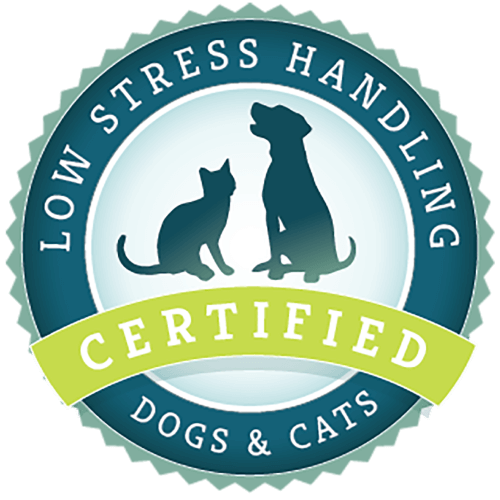What article are you looking for?
Recent Articles
Jonesy Declares Pampering Pickle One of His Favorite Stores
If you wanna look cool and hip like me, check out my new favorite store, Pampering Pickle Goodies & Gifts for Dogs in Placerville, CA. I’ve never actually been there, but one benefit of having a human who travels and lectures a lot is that you get toys and surprises after each trip. A couple of weeks ago, my human, Dr. Sophia Yin, gave a presentation “Teaching Dogs to Learn to Earn: A Quick, Fun, and Safe Alternative to the Alpha Role” in the store and went shopping at the same time. Pampering Pickle was opened by Theresa Corley, a former animal healthcare
Marian (Breland) Bailey Interprets Misbehavior of Organisms
In this paper, the Brelands described a number of cases with different species where strong species-specific behaviors interfered with the learning process and caused delays in performance and delays in reinforcements. They called this phenomenon instinctive drift to describe the idea that animals have instinctive, species typical behaviors.
How Do I Train My Dog to Stop Chasing the Chickens, Cat, Rat…And Our Other Pets?
Readers will frequently ask me questions like, “My dog chases my cat, what do I do?” or, “My dog goes after my chickens so he can’t be outside. How do I stop it?” I’m always surprised at the timing of these questions because they tend to occur right after I’ve explained in detail how to train your dog to be calm and relaxed around other dogs instead of barking, lunging at, or attacking them. Why am I so surprised? Although the problems and their answers may seem unique, they are actually just the same problem in disguise. If your dog
Which Category of Operant Conditioning is It?
Thirty years ago, this cartoon would have used the term punishment instead of incorrectly using the term negative reinforcement. But starting somewhere around the early 1990s, people have increasingly used the term negative reinforcement in cases where the technique is clearly punishment—that is when the technique is meant to stop a behavior. It probably has something to do with the fact that spanking and physical force are now frowned upon when dealing with kids. And the term negative reinforcement seems nicer to some. I’ve defined the four categories of operant conditioning: positive reinforcement, negative reinforcement, positive punishment, and negative
Heavenly Greens Synthetic Turf: Making Life with Dogs That Much Easier
As many of you know, I recently moved to a new house that is perfect for me and my pets. Actually, I mean almost perfect. There was one major change I had to make and that was to fix the grass. It turns out that dogs, plus grass, plus a year-round need to take photos and videos in the yard with the dogs and grass, equal a “not likely.” In the past, it seemed like every time we needed to take photos, the lawn was either a healthy green with brown polka dots, or it had big mud spots. Or
Become More Exciting Than a Squirrel: Teaching a Reliable Come When Called
If you’re like the general population, your dog has a decent or so-so come when called in the house, but outside in the yard or at the park, you might experiences something like this: “My dog doesn’t really like to run to me when I call her,” says one reader of this blog. “She prefers to search for food and find things than run around at the park. I’m too nervous to let her off leash because her recall is not good yet.” This reader has the right idea. She’s keeping her dog on a long leash at the park
Looking for certifications instead?

Low Stress Handling® Silver-Level Certification
Individual Certification at this level demonstrates to clients and employers the individual’s dedicated interest in Low Stress Handling®. Hospital Certification at this level demonstrates to clients and staff the hospital’s commitment to appropriately training staff in Low Stress Handling® methods.
Learn More
